Spoon Reflections
Pain and Connection
Many chronic pain sufferers know Christine Miserandino’s spoon theory - a method Christine came up with over gravy fries in a New York diner, as she tried to explain to her best friend what it is like to live with lupus. In an attempt to explain how taxing simple things can be to a less abled body, Christine handed her friend 12 spoons, each representing her morsels of energy for the day. She then asked her friend to make simple choices for the day. Each time her friend made a choice Christine recognised intensive enough, she would take a spoon away. About midday in this hypothetical day, and her spoons were almost finished. The funny meeting became emotional, when Christine’s best friend finally understood how simple things, like buttoning a sweater or getting out of bed, meant a whole spoon gone to her beloved friend.
Yes, a chronic condition requires more creativity than most people imagine. It demands it in fact as you have to rewrite your own narrative. The person receiving a diagnosis must reinvent the protagonist in her story, as a sole entity as well as part of a whole. Not uncommon, she is a great giver that has almost depleted herself. The chronic pain patient must learn to become the one also asking for help, and that can be hard.
There is another spoon parable I wish would be said in one breath with the spoon theory. The Allegory of the Spoons - used to simply explain heaven and hell. Though widely attributed to Rabbi Haim of Romshishok, versions of it can be found across cultures and faiths. In the Medieval European version, in the middle of a large round table sits a fragrant, promising-to-be-delicious stew. Gathered around it, people are holding spoons long enough to reach it, but too long to then reach their mouth. This agony of hungering over something so desirable represents hell. In another room, the same picture repeats, but now the people around the table are using their long spoons to feed one another.
Gathering around food, in laughter remains one of my favourite things to do. Yet, what has helped my pain not be suffering, has been women’s circles, meditation circles, Gestalt groups, fibromyalgia and chronic pain groups - these circles of authentic and vulnerable gathering. In the middle, “the stew” that one may think is bitter, soon becomes sweet sharing of common humanity. Circles around pain, have paradoxically been most nourishing to my soul. And no, they do not need to be poor me parties - at all.
A chronic illness is not desirable, and telling one to see it as a blessing could result in serious resentment. Yet some of the most grateful people I know, with the greatest capacity to see beauty around them and to enjoy the small things, are those in great pain. Even though it may seem that they are being fed more than feeding around the stew of life, the patience, perseverance and perspective they can offer to those more able, is loads of spoonfuls worth.
We are storytelling, creative creatures, with the capacity to care and be cared for. And the choice to change our narrative. I once enjoyed dinner in a Greek taverna with a stunning American woman in her 80s. My eyes widened, as she went straight for a tomato in our very dressed salad with her bare arthritic fingers. Noticing my surprise, she smirked and gave me precious life advice: Honey, life is too short to not feel every morsel of it with all of your senses. I would do away with a utensil and sit at a table with her any day.
*as part of her thesis, Aglaia Michelaki and colleague Jill Trenholm will be holding a blended group on the topic of chronic pain. If you are interested in reading more or participating please follow this link and contact Aglaia.


